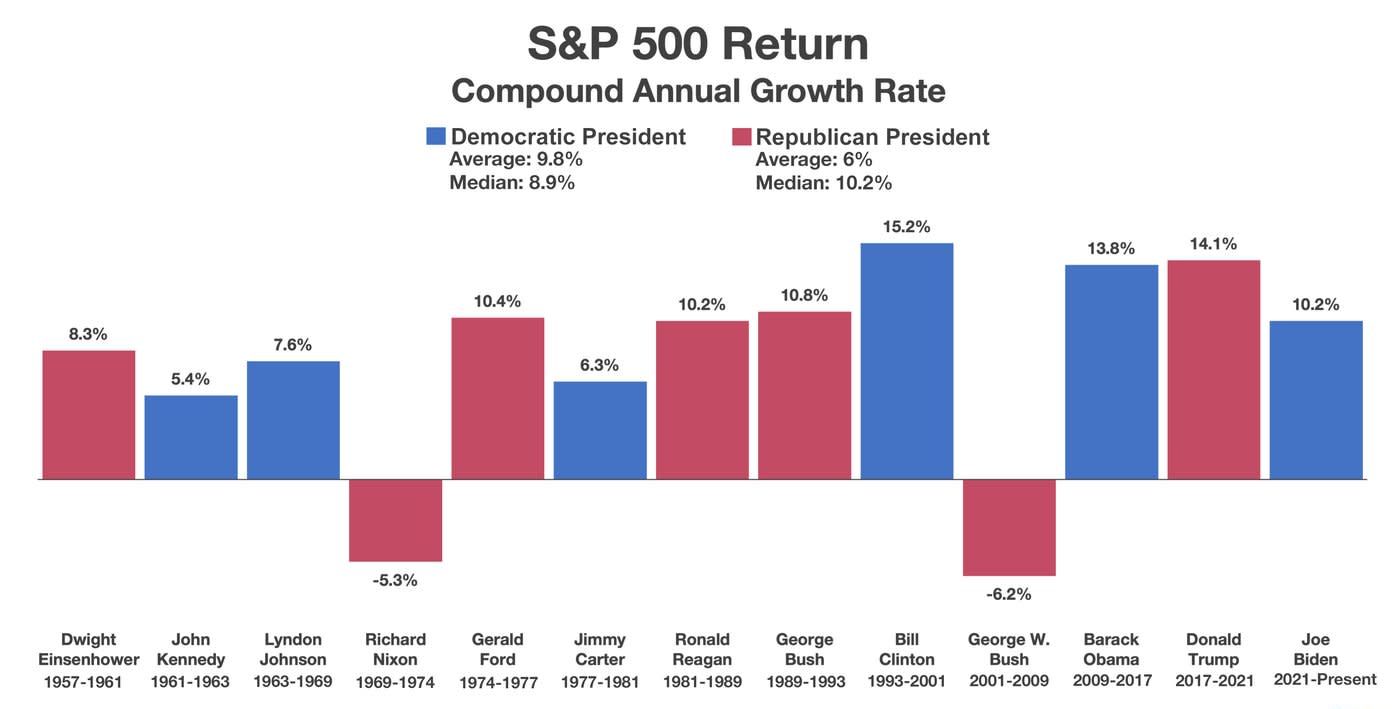Forbes has once again captured the attention of the world with its annual unveiling of the planet’s billionaires, and the latest edition brings staggering numbers to the forefront. With more individuals joining the coveted ranks of the ultra-wealthy than ever before, and their fortunes reaching unprecedented heights, the 2024 list is a testament to the immense concentration of global wealth.
According to Forbes, the number of billionaires has surged by 141 individuals compared to the previous year, bringing the total count to a staggering 2,781. What’s even more astonishing is the combined net worth of these billionaires, which now stands at a mind-boggling $14.2 trillion—a remarkable increase of $2 trillion from the preceding year.
Breaking previous records set in 2021, the 2024 list boasts 26 additional billionaires, with their collective wealth soaring by an astounding $1.1 trillion. Notably, two-thirds of billionaires have seen their fortunes swell, with the top 20 individuals on the list alone witnessing a surge of $700 billion in combined wealth since 2023.
The United States continues to dominate the list, with a record-breaking 813 billionaires—more than any other country. China follows closely behind, boasting 473 billionaires, while India makes its mark with 200 billionaires—a new record for the country.
Topping the list is Bernard Arnault and his family, with a staggering net worth of $233 billion. Arnault, the head of LVMH, a luxury fashion and cosmetics conglomerate in France, is a perennial fixture among the world’s wealthiest individuals.
Elon Musk, the visionary entrepreneur behind Tesla and SpaceX, secures the second spot with a net worth of $195 billion. Despite experiencing fluctuations in his wealth due to various factors, including his acquisition of Twitter, Musk remains a formidable force in the realm of global wealth.
Following closely behind are industry titans Jeff Bezos, founder of Amazon, with a net worth of $195 billion, and Mark Zuckerberg, founder of Facebook, with a net worth of $177 billion.
Among the notable personalities featured on the list are media mogul Rupert Murdoch, sports magnate Jerry Jones, and entertainment icons Jay-Z, Kim Kardashian, and Taylor Swift. However, it is Francoise Bettencourt Meyers, the granddaughter of the founder of L’Oreal, who claims the title of the wealthiest woman on the list, with a staggering net worth of $99.5 billion.
As the world grapples with widening wealth inequality, the Forbes billionaire list serves as a stark reminder of the immense concentration of wealth in the hands of a select few. While these individuals continue to amass unprecedented fortunes, questions surrounding equitable distribution and social responsibility loom large, urging us to contemplate the broader implications of such staggering wealth accumulation.

 Deciphering the Data: Recent analysis of the S&P 500’s historical performance since its inception in 1957 provides valuable context for understanding stock market returns under Democratic and Republican presidents. The findings reveal intriguing trends: while the average Compound Annual Growth Rate (CAGR) stands at 9.8% under Democratic leadership, it drops to 6% under Republican rule. However, a closer examination of median CAGR figures presents a more nuanced picture, with rates of 8.9% under Democrats and 10.2% under Republicans. These statistics underscore the complexities of market dynamics, challenging conventional partisan narratives.
Deciphering the Data: Recent analysis of the S&P 500’s historical performance since its inception in 1957 provides valuable context for understanding stock market returns under Democratic and Republican presidents. The findings reveal intriguing trends: while the average Compound Annual Growth Rate (CAGR) stands at 9.8% under Democratic leadership, it drops to 6% under Republican rule. However, a closer examination of median CAGR figures presents a more nuanced picture, with rates of 8.9% under Democrats and 10.2% under Republicans. These statistics underscore the complexities of market dynamics, challenging conventional partisan narratives.